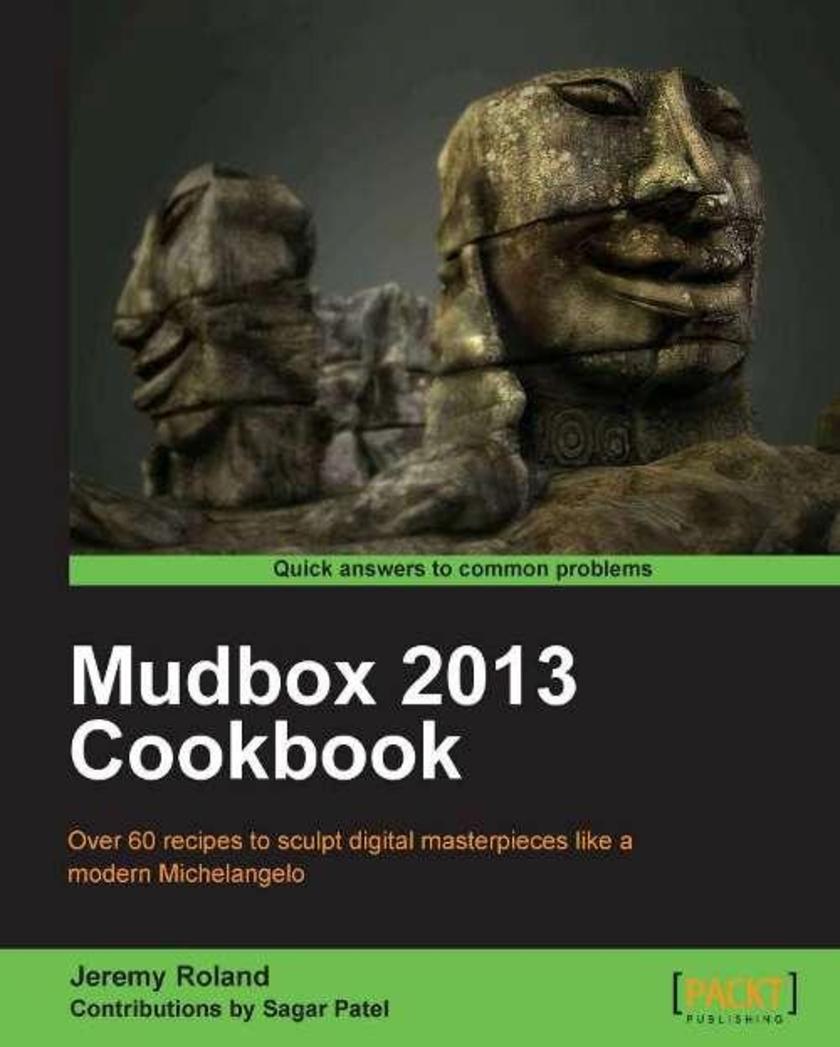
Mudbox 2013 Cookbook
¥80.65
Written in cookbook style, this book offers many recipes to learn digital sculpting with Mudbox. Each recipe contains step-by-step instructions followed by analysis of what was done in each task and other useful information. The book is designed so that you can read it chapter by chapter, or you can look at the list of recipes and refer to them in no particular order,This book is for 3D modelers and texture artists who are, or would like to be, working in the games, movies, product design, television, medical imaging, or advertising industries. By learning the techniques in this book you will be able to create "next gen" assets for the game industry, create realistic creatures and sets for movies, and add the fine details needed for medical images and animations. Whether you are an Environment Artist or a Character Artist there is much to learn from this book.
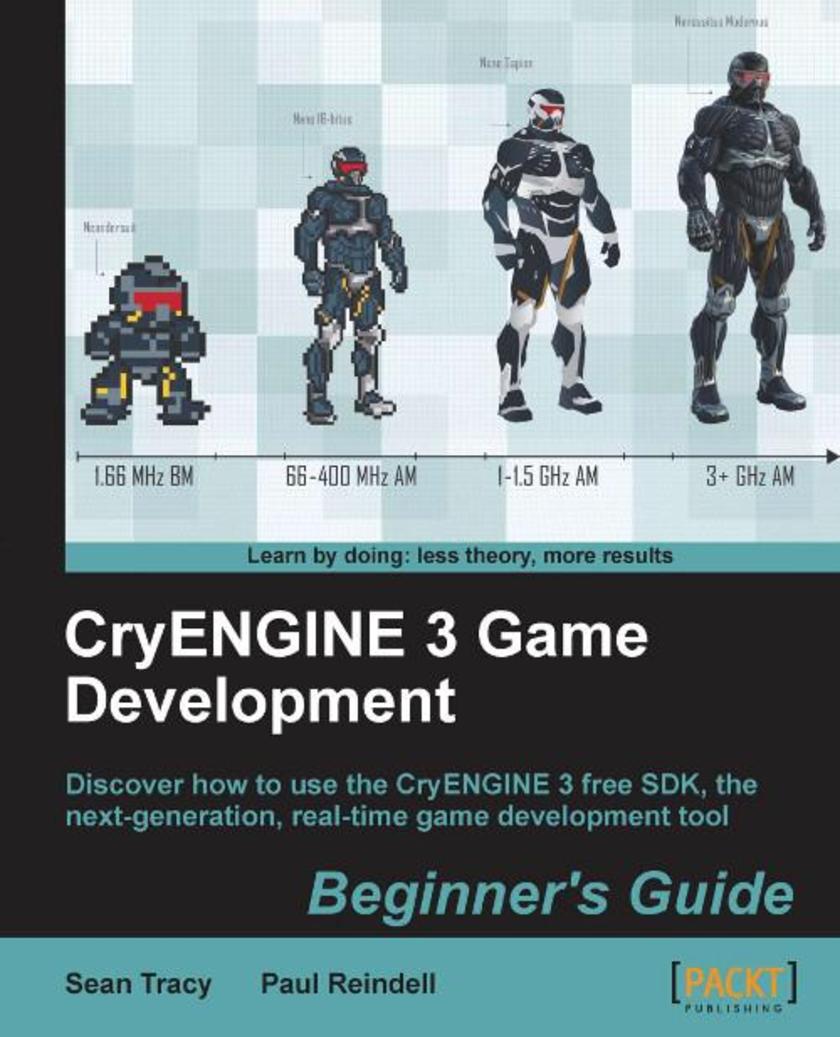
CryENGINE 3 Game Development:Beginner's Guide
¥90.46
A step by step beginner's tutorial to creating AAA style games with the complete game creation tool, CryENGINE 3,This book is written with the beginner and casual developer in mind. The freely available version of the CryENGINE3 is used for all examples in this book.

Processing 2: Creative Programming Cookbook
¥80.65
A cookbook with a broad sweep of the topic, through lots of practical and useful recipes that are fun to read and do. This book targets creative professionals, visual artists, designers, and students who have a starting knowledge of the Processing Development environment and who want to discover the next level of Processing. Anyone with a creative practice who wants to use computation in their design process. A basic understanding of programming is assumed. However, this book is also recommended to the non-artistic, looking to expand their graphics and artistic skills.
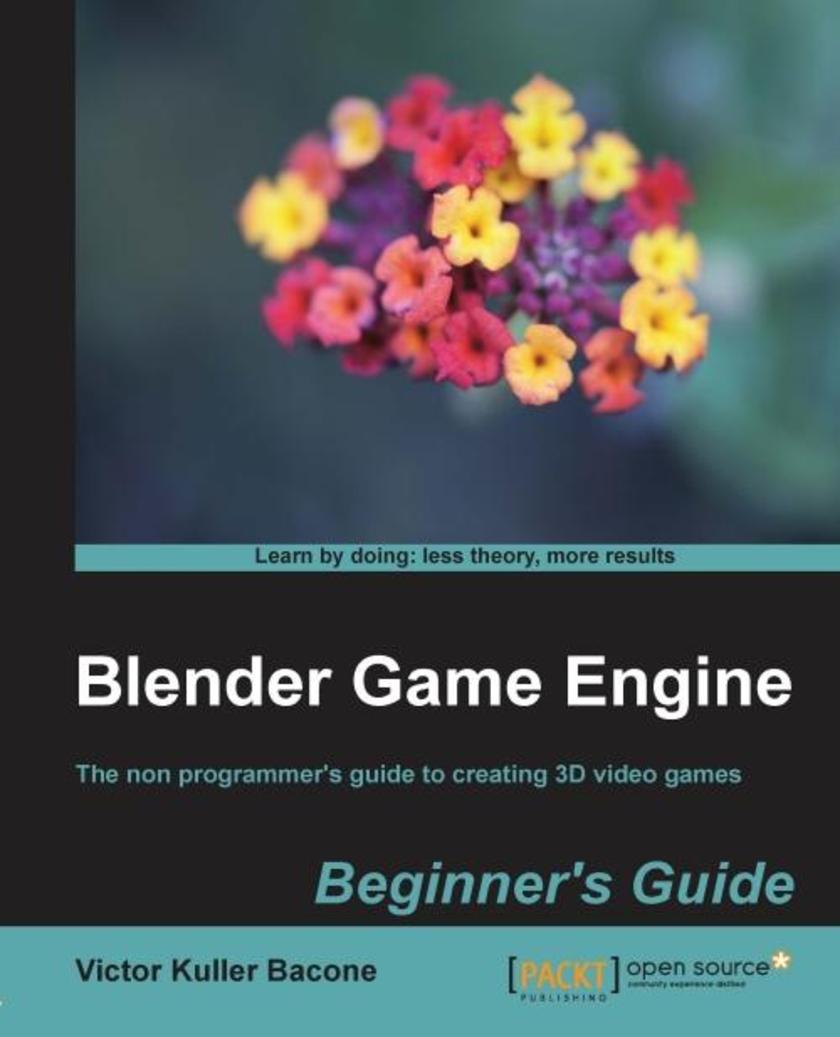
Blender Game Engine: Beginner’s Guide
¥71.93
Create a complete game step by step with no previous experience necessary. Practical tutorials take you through the entire process from beginning to end. If you have used Blender before but never got to grips with the Blender Game Engine (BGE), this book is for you. If you have tried and failed with other game development environments, or if *ing is not your strong point, this is where you should start.
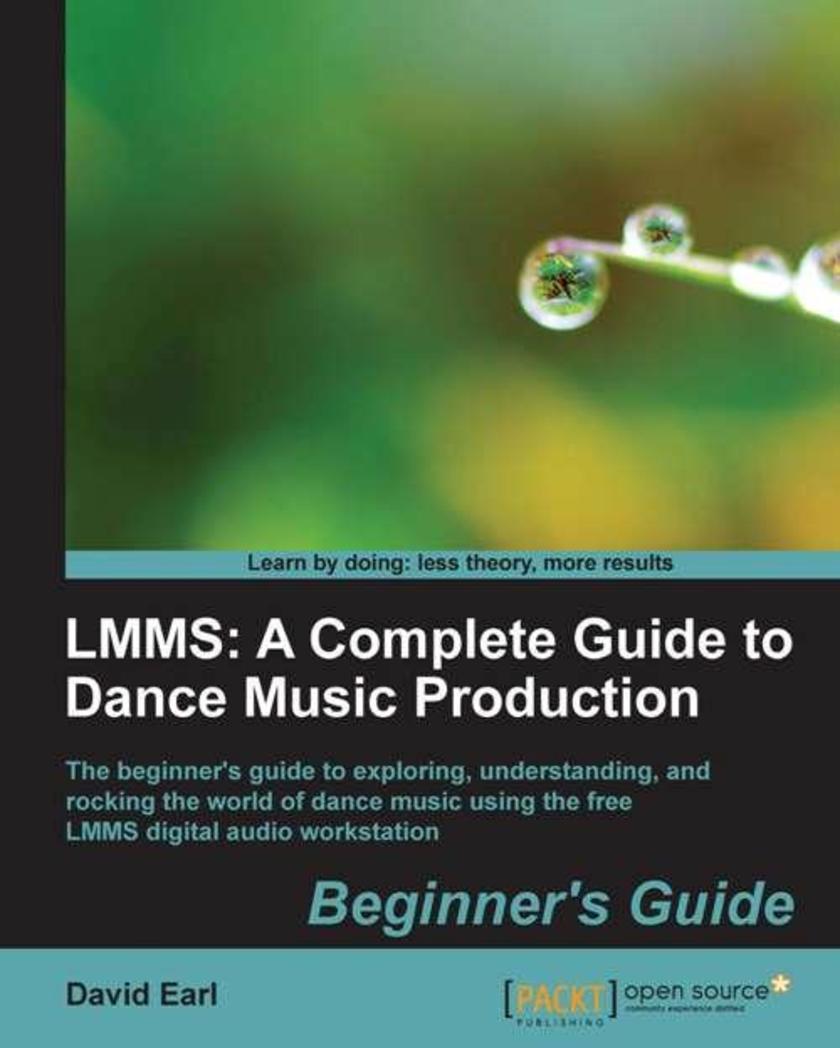
LMMS: A Complete Guide to Dance Music Production
¥80.65
Written in a step by step tutorial style, learning comes as a result of creating a complete dance music track, along with the explanations that follow each stage. You have a computer and a love for dance and electronic music. Maybe you’ve been to some clubs, and the energy of electronic dance music has you completely under its spell. You see a DJ spinning, and everyone is dancing. It’s infectious. You want to make music that affects people that way. Today the open source community has offered you LMMS. Read this book, and you’ll be shown a process to creating great dance music. This book is going to connect the dots if you have already started making dance music, and provide a very solid foundation if you are just getting started – no matter what your skill level is.

Drupal Search Engine Optimization
¥54.49
The book will take a hands-on approach to the process involved in configuring a site for SEO. As SEO is an on-going process – it doesn’t stop once the site is built – the book will provide reusable tips and techniques in order to understand what they have to do after the site is live,This book targets site builders, webmasters and site owners. Advanced technical skills are not required, though the user should be familiar with administering a Drupal website.
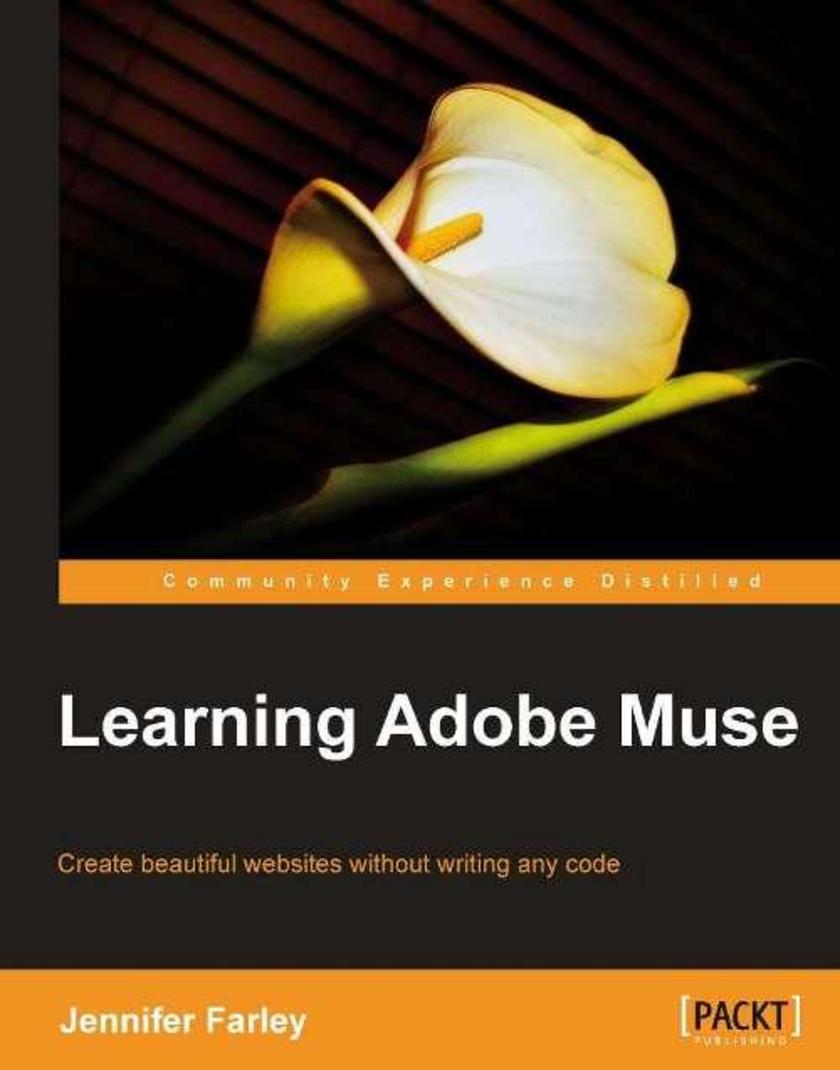
Learning Adobe Muse
¥80.65
This is an easy to read, practical, step by step guide covering the typical workflow for designing and building a website using Adobe Muse. As you work though the examples in the book you will build a fully-functioning website. The book includes many screenshots and graphics showing you exactly how to use the various features in Adobe Muse,This book is written for beginner web designers and also graphic designers who are interested in using their print design skills on the Web. It will teach you how to quickly build websites without the need to learn HTML or CSS.

XNA 4 3D Game Development by Example: Beginner's Guide
¥90.46
This book is a step-by-step tutorial that includes complete source code for all of the games covered. It adopts an engaging style to teach all the game development concepts. Each block of code is explained, and game development concepts are diagrammed and covered in detail. Each game begins with a concept de*ion and concludes with suggestions for expanding on the finished game. This book is intended for readers who want to create 3D games using the XNA Framework. Basic knowledge of the C# programming language and 2D XNA concepts are helpful, but not required.

IBM Websphere Portal 8: Web Experience Factory and the Cloud
¥107.90
This book is written in simple, easy to understand format with lots of screenshots and step-by-step explanations. If you are an IBM WebSphere Portal developer, looking to develop and enhance enterprise portals by understanding the complete portal project lifecycle, then this is the best guide for you. This book assumes that you have a fundamental knowledge of working in the WebSphere Portal environment.
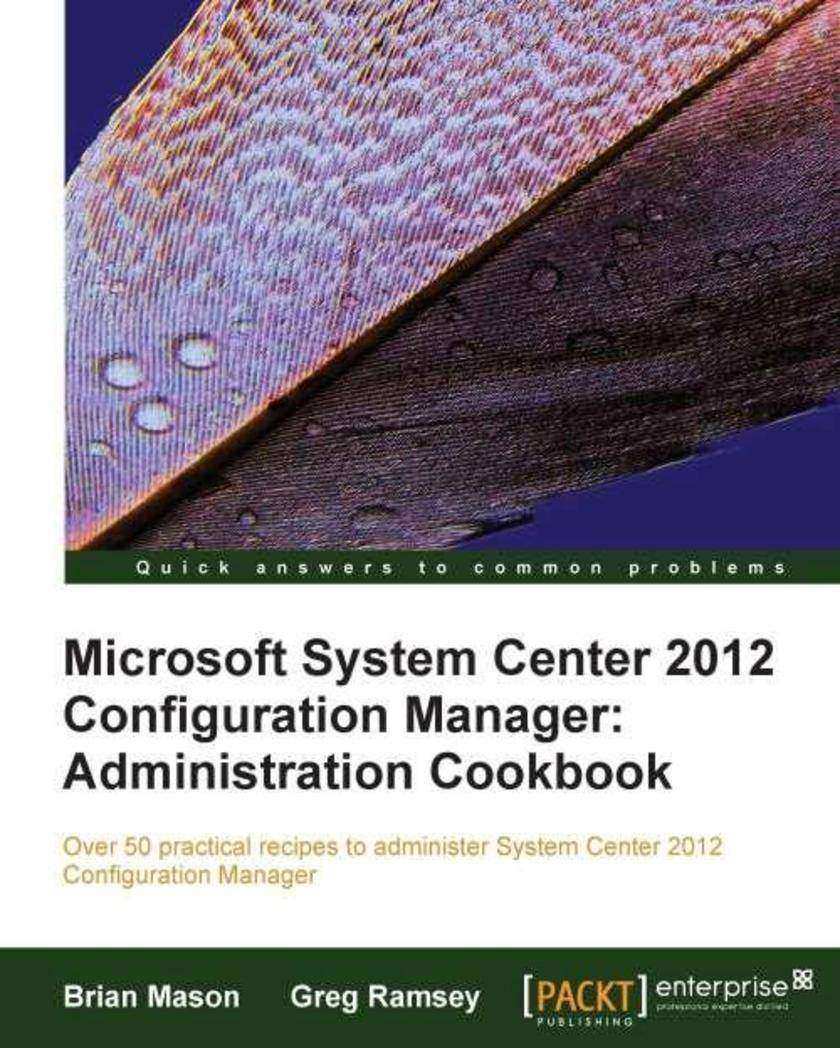
Microsoft System Center 2012 Configuration Manager: Administration Cookbook
¥90.46
This cookbook is full of immediately useable recipes showing you how to administer System Center 2012 Configuration Manager and understand how to solve particular problems/scenarios. In addition to its cookbook style, which ensures the solutions are presented in a clear step-by-step manner, its explanations go into great detail, which makes it good learning material for everyone who has experience in System Center Configuration Manager and wants to improve. The book is designed in such a way that each recipe is presented as a separate, standalone entity and reading of other, prior recipes is not required. If you are an intermediate to advanced administrator who wants to administer System Center 2012 Configuration Manager and understand how to solve particular problems/scenarios, then this book is for you. You should have a working knowledge of System Center Configuration Manager, however, knowledge of System Center 2012 Configuration Manager is not necessarily required.
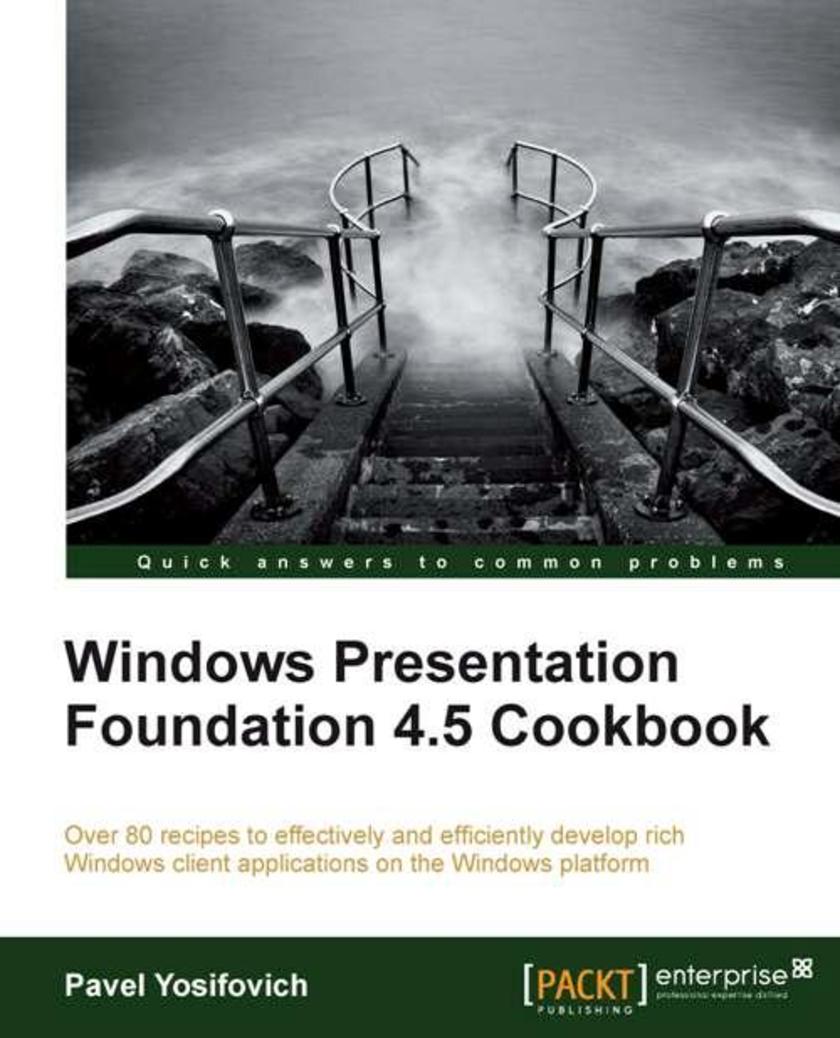
Windows Presentation Foundation 4.5 Cookbook
¥107.90
This book is written in an easy-to-read style, with a strong emphasis on real-world, practical examples. Step-by-step explanations are provided for performing important tasks. If you are C# developer looking forward to increasing your understanding and knowledge of WPF, then this is the best guide for you. Basic experience with Visual Studio 2010 is mandatory, as well as good C# skills. Previous experience with Windows Forms is not required.
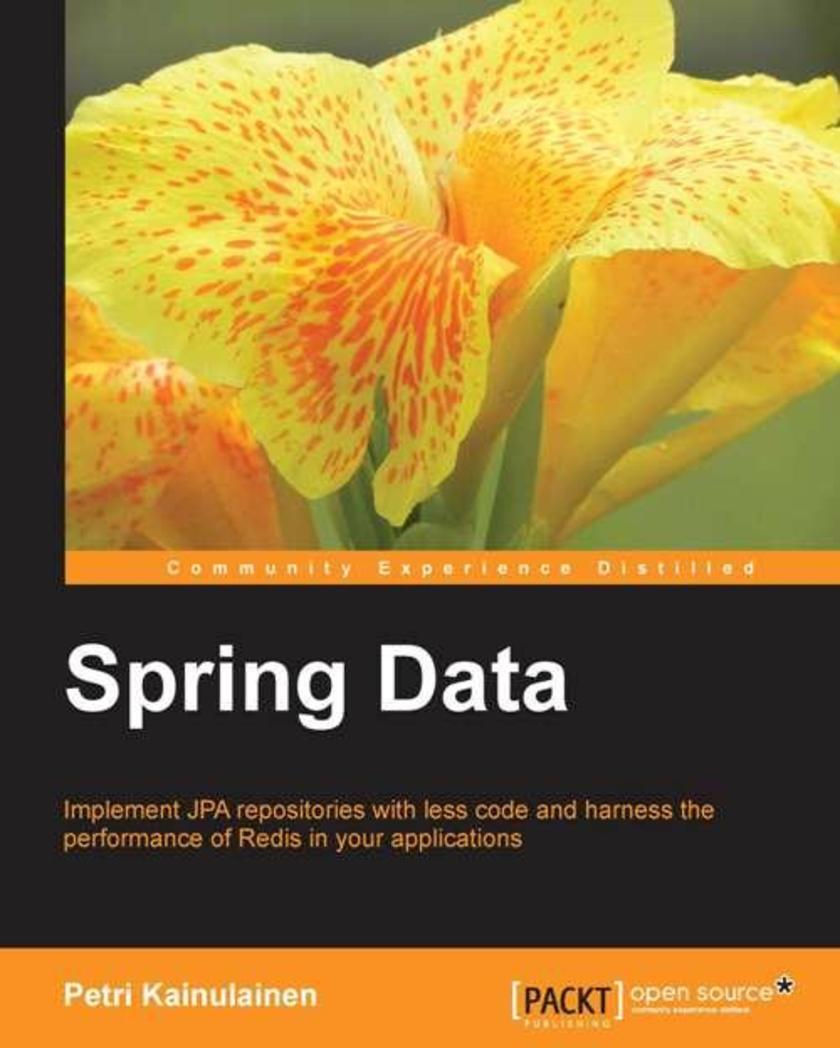
Spring Data
¥45.77
This book is a standard tutorial which provides step-by-step instructions and a lot of code examples that are easy to follow and help you to get started from page one. This book is suited for developers who are working with Spring-powered applications, and are looking for an easier way to write data access code that uses relational databases. Also, if you are interested in learning how you can utilize Redis in your applications, this is the book for you. This book assumes that you have got some experience with the Spring Framework and the Java Persistence API. No previous experience with Redis is required.
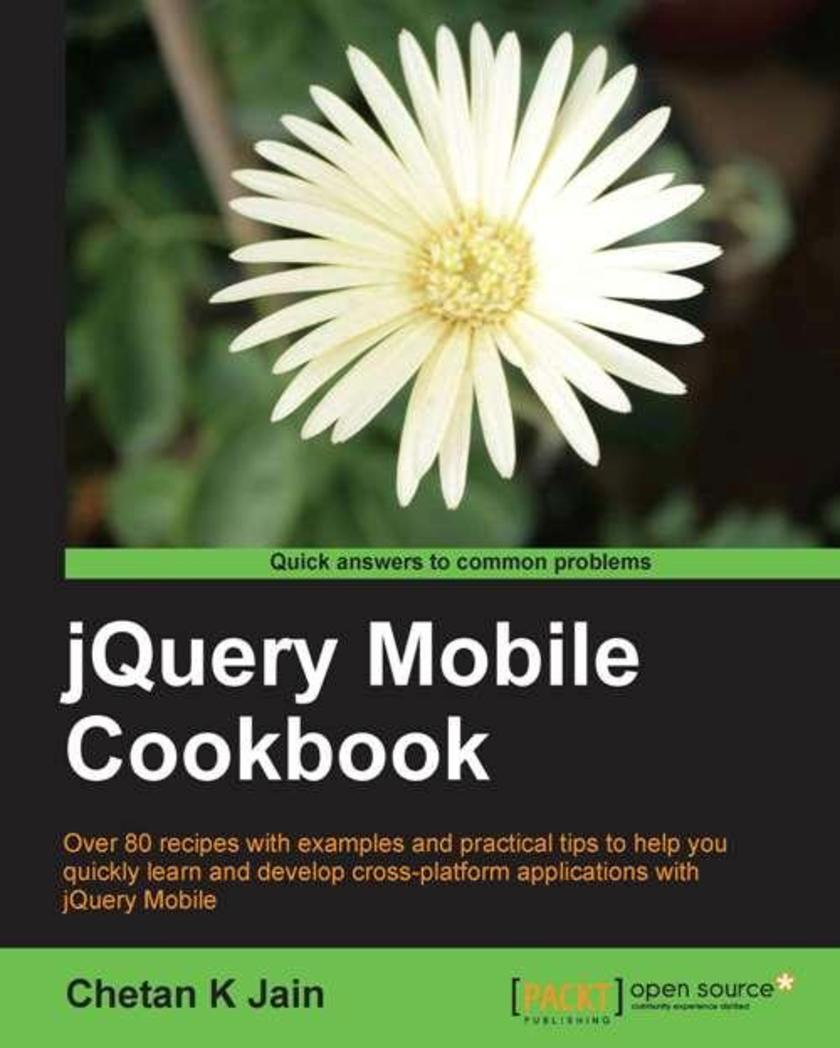
jQuery Mobile Cookbook
¥80.65
This book is written in Cookbook style with a lot of practical tips, code, and step-by-step examples, to ease and quicken your learning curve. If you are a beginner with jQuery/JavaScript skills, this book offers you numerous examples to get you started. If you are a seasoned developer, this book lets you explore jQuery Mobile in greater depth.
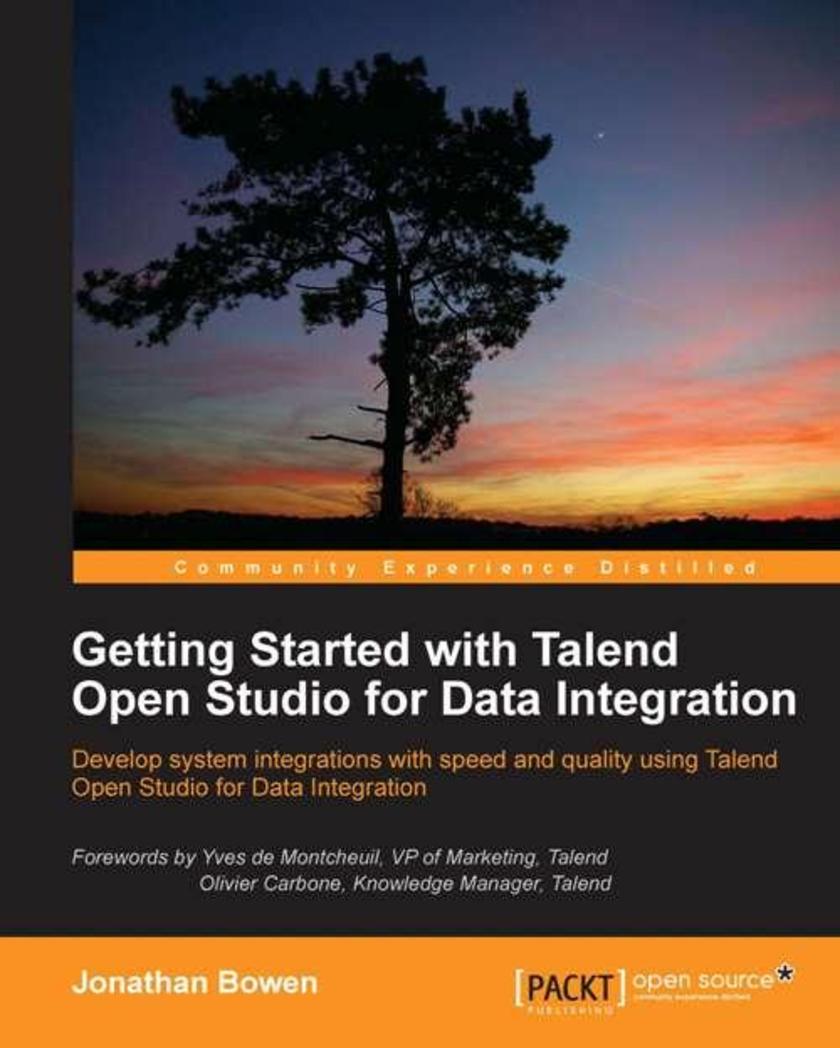
Getting Started with Talend Open Studio for Data Integration
¥80.65
"Getting Started with Talend Open Studio for Data Integration" takes a step-by-step, hands-on approach to learning with lots of examples and clear instructions. Are you a developer, business analyst, project manager, business intelligence specialist, system architect or a consultant who needs to undertake integration projects, then this book is for you. The book assumes a certain level of familiarity with Relational database management systems with SQL and experience and Java.

Oracle APEX Best Practices
¥90.46
In clearly written chapters you will be guided through different aspects of Oracle Application Express. Varying from setting up your environment to maximizing SQL and PL/SQL. Examples are given based on a simple but appealing case. This book is filled with best practices on how to make the most of Oracle APEX. Developers beginning with application development as well as those who are experienced will benefit from this book. You will need to have basic knowledge of SQL and PL/SQL to follow the examples in this book.

Marmalade SDK Mobile Game Development Essentials
¥90.46
A practical tutorial that's easy to follow with lots of tips, examples and diagrams, including a full game project that grows with each chapter,This book targets Professional and Indie game developers who want to develop games quickly and easily to run across a huge range of smartphones and tablets. You are expected to have some experience writing games using C++ on other platforms. Its aim is to show how to take your existing skills and apply them to writing games for mobile devices (including iOS and Android) by explaining the use of the Marmalade SDK,Familiarity with games and 3D graphics programming would be helpful. No knowledge of specific mobile SDKs such as iOS or Android is required.
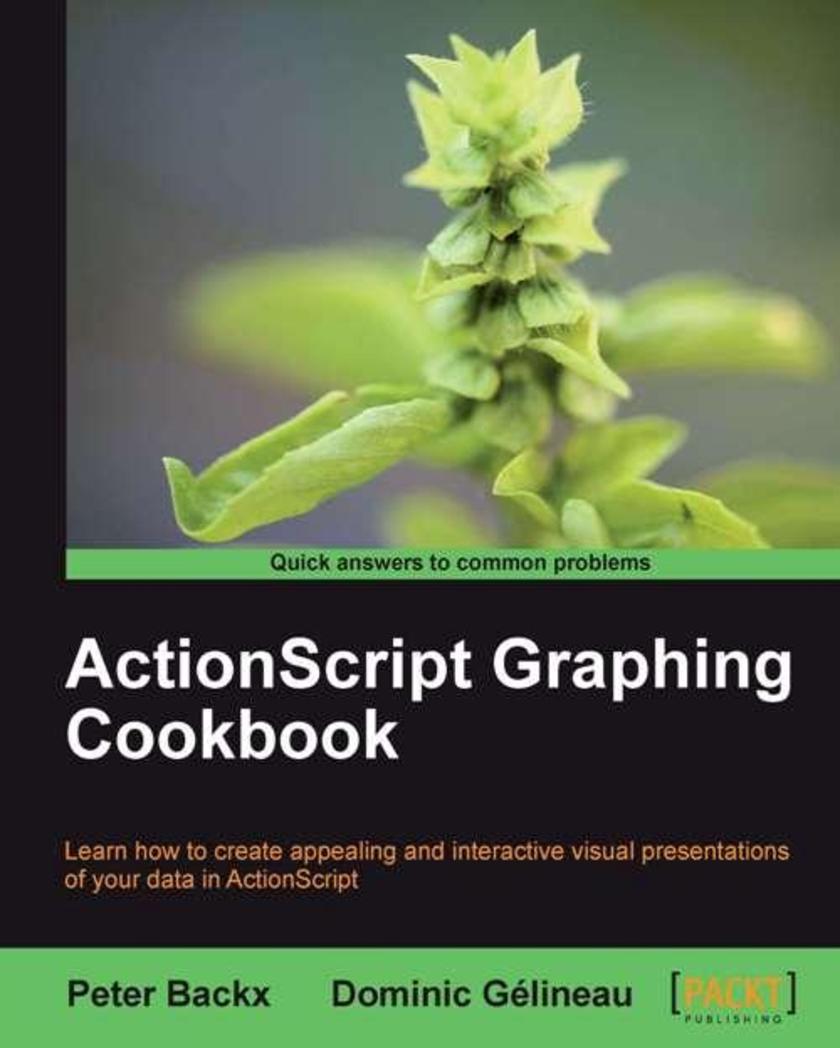
ActionScript Graphing Cookbook
¥80.65
Step-by-step instructions guide you from your very first graphical program to highly complex 3D presentations. Although a few recipes explain charts in Flex, this book is firmly focussed on using ActionScript code and data to draw graphs. The "ActionScript Graphing Cookbook" is aimed at any ActionScript developer who wants to add data visualization to their skill set. The reader should be familiar with ActionScript basics, but no deep knowledge of any graphical functions is required.
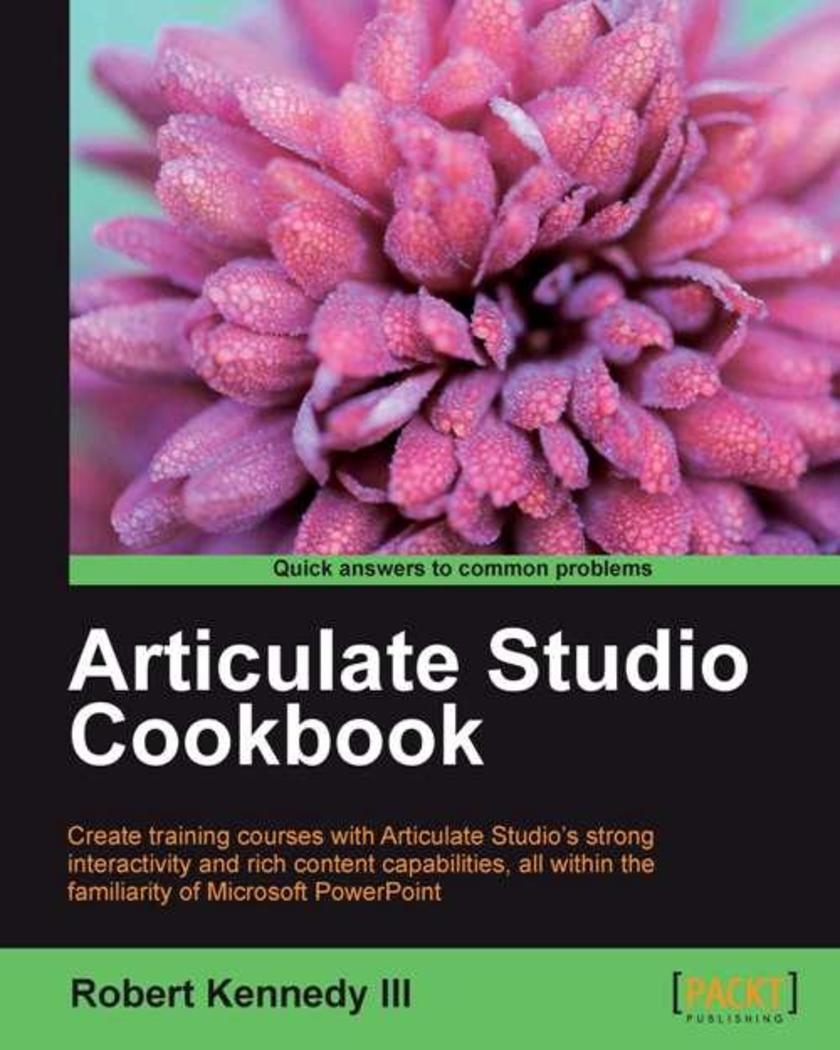
Articulate Studio Cookbook
¥80.65
The cookbook style is a series of practical recipes which represent solutions to problems and popular activities in a concise but detailed manner. If you are a beginning developer or just someone who has been asked to be the jack-of-all-design in your training department, then this book is a great starter. Having a working knowledge of PowerPoint is helpful but not essential. By simply following the steps, you will be able to create a clean, professional looking course.
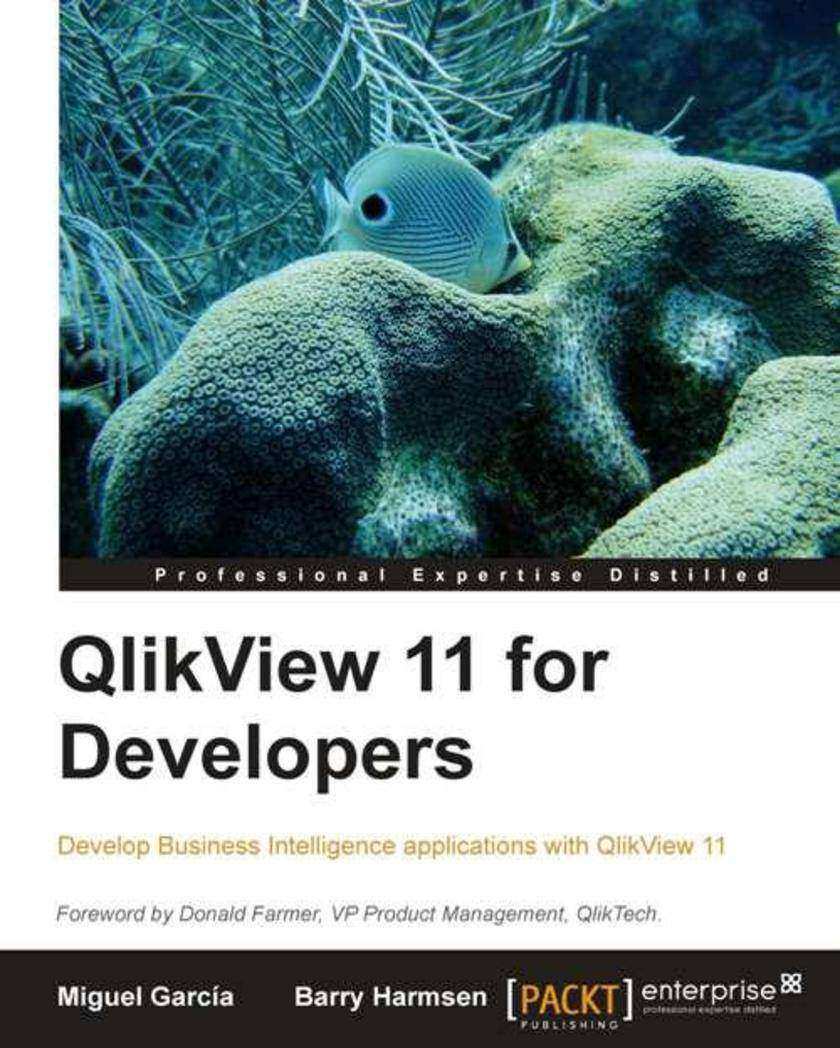
QlikView 11 for Developers
¥107.90
It will be a step-by-step tutorial that will discuss best practices. The book is structured in such a way that it can be read both from start to end or can be dipped into. If you are a developer who is looking to learn a fast and easy way to learn to develop your business intelligence apps with QlikView, then this book is for you. If you are a power-user in a QlikView environment, then you will find quicker ways of working with QlikView. You should know the basics of business intelligence before you pick up this book. This book covers QlikView Desktop Personal Edition. Deployments to QlikView Server/Publisher are out of scope for this book.

Windows Server 2012 Hyper-V Cookbook
¥90.46
"Windows Server 2012 Hyper-V Cookbook" is a practical cookbook packed with recipes showing and explaining all the features and components of Hyper-V. You’ll learn from best practices, tips and tricks and examples of how to automate daily and common tasks. If you are an administrator who wants to master Microsoft Server Virtualization with Windows Server 2012 Hyper-V, then this book is for you. You should be comfortable with virtualization concepts and practices, and knowledge of previous versions of Windows Server would be an advantage.
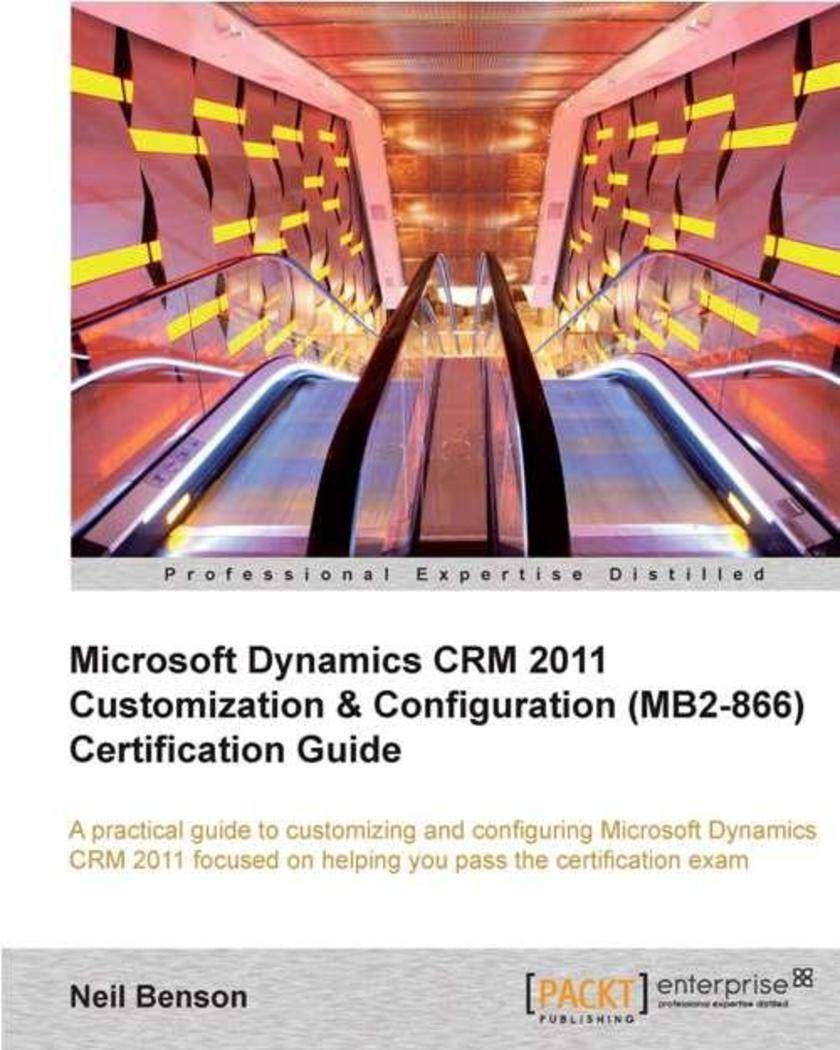
Microsoft Dynamics CRM 2011 Customization & Configuration…
¥107.90
This book is in the Enterprise certification series which means it is a hands-on guide with practical instruction, examples and all the information you will need to be successful in the exam, as well as 75 practice questions in the exam style. It includes practical advice on how to book the exam, approach the questions and maximize your score. "Microsoft Dynamics CRM 2011 Customization & Configuration (MB2-866) Certification Guide" is perfect for IT professionals and developers who work for a Microsoft partner or customer organizations. If you want to demonstrate your expertise and advance your career by obtaining Microsoft certification this book will provide you with the insight you need to succeed.




 购物车
购物车 个人中心
个人中心



